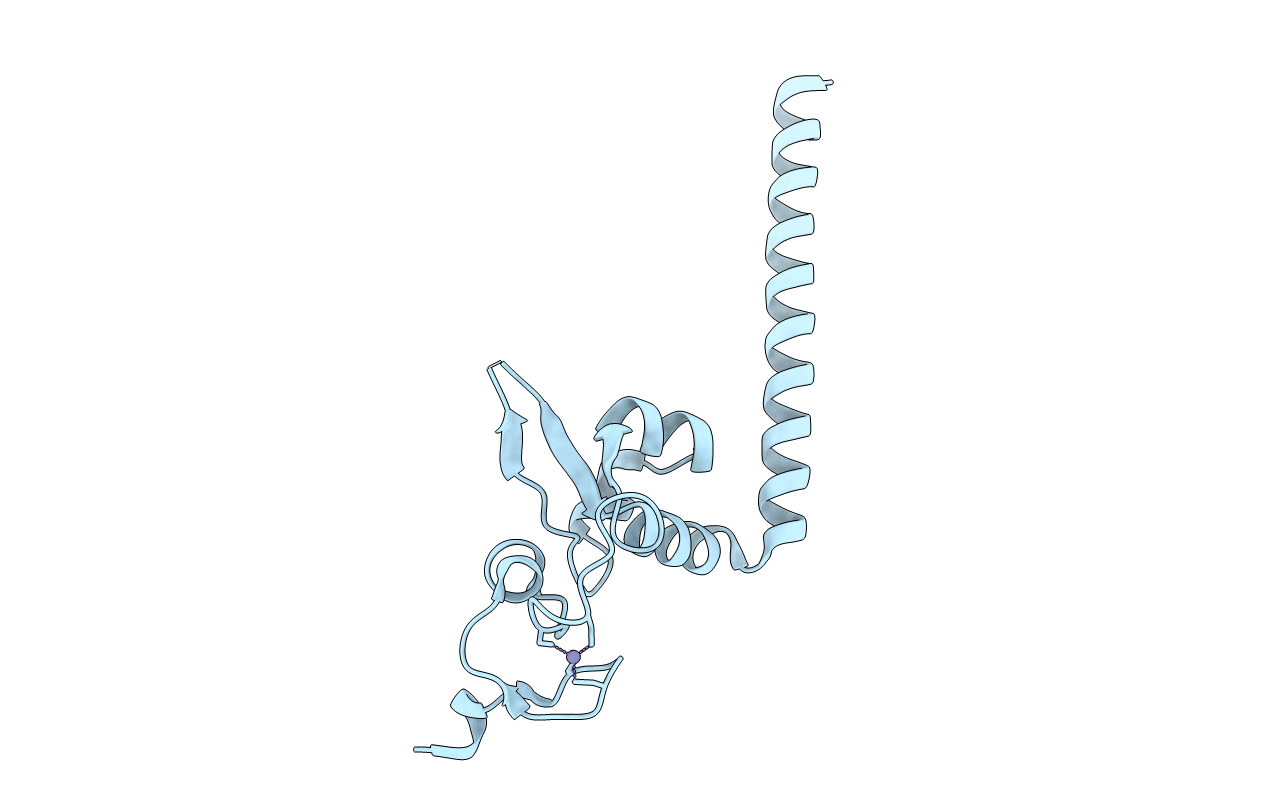
Deposition Date
2019-01-07
Release Date
2019-05-29
Last Version Date
2024-03-27
Entry Detail
PDB ID:
6J44
Keywords:
Title:
Crystal structure of the redefined DNA-binding domain of human XPA
Biological Source:
Source Organism:
Homo sapiens (Taxon ID: 9606)
Host Organism:
Method Details:
Experimental Method:
Resolution:
2.06 Å
R-Value Free:
0.23
R-Value Work:
0.20
R-Value Observed:
0.20
Space Group:
P 3


